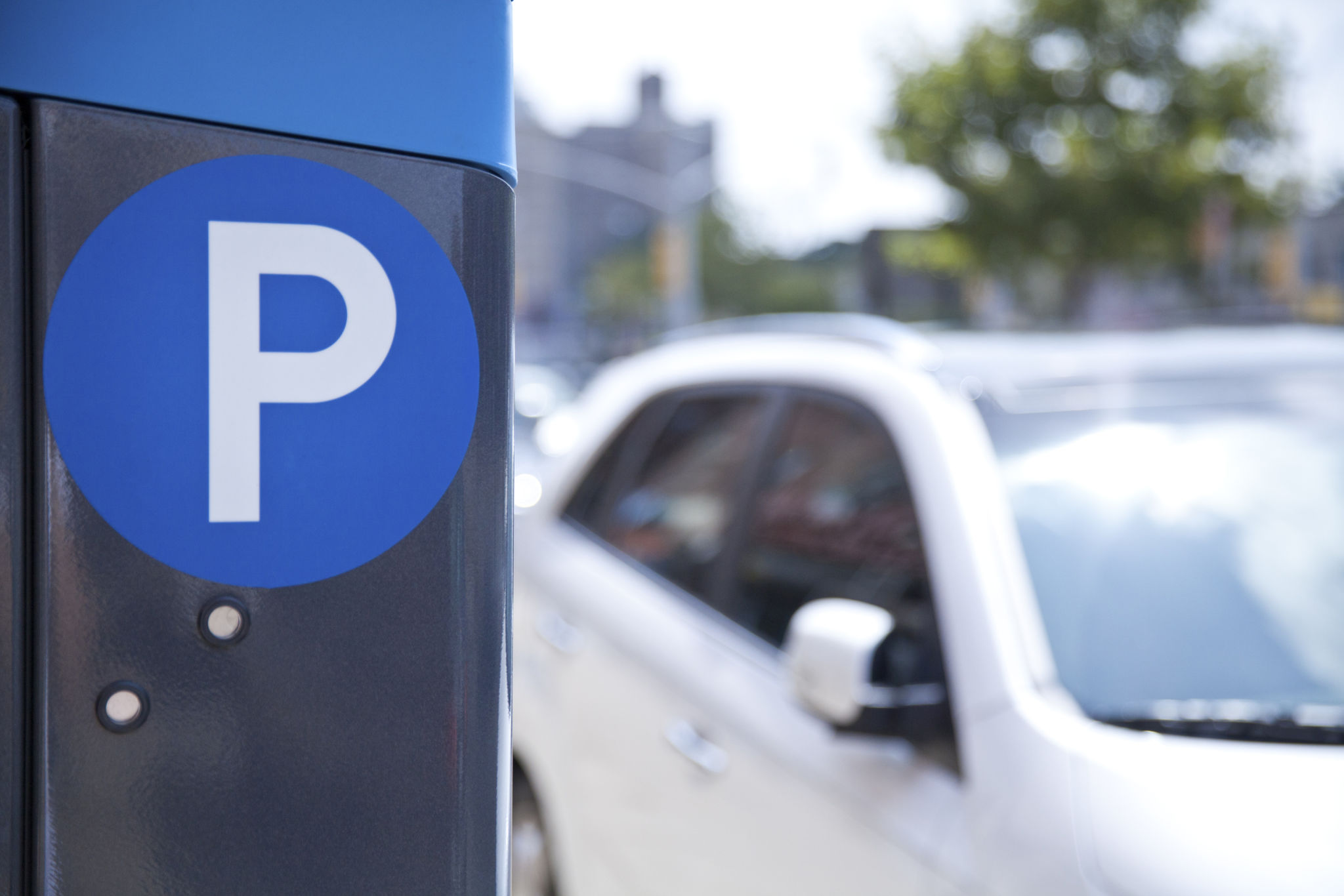Navigating New York's Unique Challenges: Dispatching for Carriers with Standard Trailers
TJ
Understanding New York's Transport Landscape
New York City is a bustling metropolis, known for its towering skyscrapers and ceaseless energy. However, for carriers with standard trailers, navigating this urban jungle presents unique challenges. From strict traffic regulations to limited parking spaces, dispatching in New York requires a strategic approach. Understanding the transport landscape is crucial for efficient operations and timely deliveries.
One of the most significant challenges carriers face is the city's intricate network of streets. Many roads are narrow and congested, making it difficult for standard trailers to maneuver. Additionally, certain areas have weight and height restrictions that must be adhered to, necessitating careful planning and route optimization.

Traffic Regulations and Their Impact
New York City's traffic regulations are among the strictest in the country. These rules are in place to ensure safety and reduce congestion but can complicate dispatching efforts. For instance, many streets have designated truck routes, and deviating from these paths can result in hefty fines.
Furthermore, there are specific time windows during which trucks are allowed to operate in certain areas. This means careful scheduling is essential to avoid penalties and ensure timely deliveries. Dispatchers must stay informed about any temporary road closures or construction that could affect routes.
Parking Challenges
Finding suitable parking is another hurdle for carriers in New York City. With limited available spaces and high demand, securing a spot for loading and unloading can be challenging. In some cases, drivers may need to double-park temporarily, risking tickets if not done quickly and efficiently.

Leveraging Technology for Efficient Dispatching
To overcome these challenges, many dispatchers are turning to technology. Advanced GPS systems and route optimization software can help identify the most efficient paths through the city, considering real-time traffic conditions and restrictions.
Moreover, digital communication tools allow dispatchers to stay in constant contact with drivers, providing updates on any changes to routes or schedules. This level of connectivity ensures that operations remain smooth even in the face of unexpected obstacles.
Collaboration with Local Experts
Another effective strategy is collaborating with local logistics experts who understand the intricacies of New York's transport environment. These professionals can offer valuable insights into navigating the city efficiently and may have established relationships that facilitate easier access to essential resources.

The Importance of Flexibility
Flexibility is key when dispatching for carriers with standard trailers in New York City. Despite meticulous planning, unforeseen circumstances such as sudden traffic jams or weather changes can disrupt schedules. Having contingency plans in place allows dispatchers to adapt quickly and minimize delays.
In conclusion, successfully navigating New York's unique challenges requires a combination of knowledge, technology, and flexibility. By staying informed about regulations, leveraging digital tools, and collaborating with local experts, dispatchers can optimize operations and ensure that deliveries are made efficiently in this dynamic urban environment.
